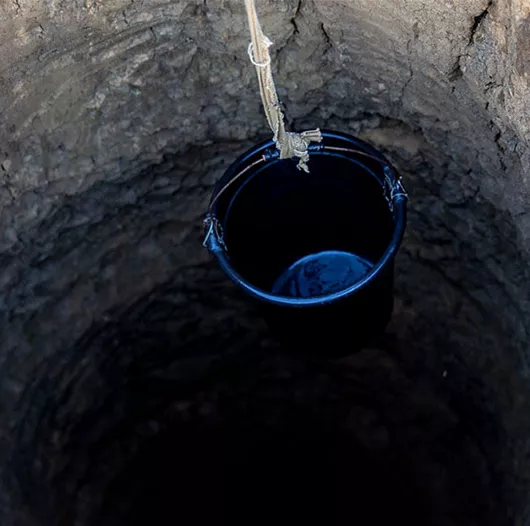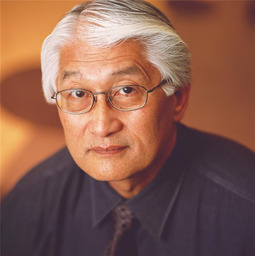Drilling into the Sustainability of Ground Water


When I was a child growing up in California, my father borrowed money to buy five acres of pastureland. It had never been cultivated and was used to graze dairy cows.
My father had decided to grow strawberries on that land which required irrigation. So, he hired a well watcher to find a spot to dig a well: Mr. Brazil. Mr. Brazil had a great reputation for finding underground water. He used a pair of wires which he held in each hand in front of him as he walked around the property. When the wires crossed, he indicated that as the spot for the well.
I don’t know how that worked, but we dug the well there and hit plenty of water at around 60 feet. The water had a lot of iron content and we had to let it sit before we could use it in the house. But it was fine for irrigation, and we grew strawberries on land that had been essentially fallow.
We did so well that we eventually expanded the farm to 40 acres of strawberries off that small well. I was amazed at the magical transformation a little well water could make. It certainly transformed our lives from being itinerant farmworkers to being landowners and enabled my brother and I to go to the university.
Groundwater, which resides in aquifers below the surface of the Earth, is a critical natural resource. It accounts for 95% of our freshwater resources, meaning that there is much more water underground than on the surface in lakes, rivers, and reservoirs. About 50 percent of our municipal and domestic, water supply is from groundwater. According to the Nature Conservatory about 70% of groundwater withdrawn globally—including in the U.S.—is used for agriculture. In some arid countries, 90% of groundwater is used for irrigation.
While ground water is normally replenished by precipitation, due to climate change, droughts, population growth, and increased agriculture, ground water is being used faster than it can be recharged. This is leading to severe ground water depletion in specific areas like California’s Central Valley where the ground is sinking every year as water is pumped out to irrigate vast corporate farms. As the Ground sinks and compacts, it makes it harder for rainwater to recharge the aquafers. The upper Indus and Ganges River basins in South Asia are also areas off severe ground water depletion as ground water is used to irrigate water intense rice and sugar cane farming.
Analysis from Inge de Graaf, a hydrology researcher at the University of Freiburg, Germany, shows that groundwater supplies on every continent except Antarctica will descend to depletion levels by the 2030s and 2040s. The exact time when that happens depends on how much water people use, especially through agriculture.
Southern Europe, mainly Italy and Spain, and parts of the Middle East and Africa have the disadvantage of becoming drier through climate change, de Graaf explained. So even current levels of water extraction will lead to water levels below critical thresholds in the future as precipitation becomes more and more scarce. During the summer of 2022, parts of Europe experienced drought conditions exacerbated by heat waves. On 9 August, a senior European Commission researcher said it seems to be Europe's worst year in 500 years.[2]
Is ground water sustainable? There is no easy way to recharge ground water when we continue to use more each year. We need to learn how to impose restrictions and manage the use of this precious resource.
Last year California experienced a very wet year which has helped relieve some of our drought conditions and we expect to have another wet winter due to the formation of El Nino conditions in the Pacific.
This year California is setting aside thousands of acres of land to serve as recharging ponds, rather than see the precious fresh water drain into the sea. Hopefully, this will help. We also hope that Europe and Asia will experience more precipitation to relieve their drought conditions and help their ground water recharging.

Hu Yoshida spent 24 years at Hitachi Vantara helping define technical direction and enabling customers to address their digital transformation needs. He is widely known in the industry and was instrumental in evangelizing Hitachi's unique approach to storage virtualization.